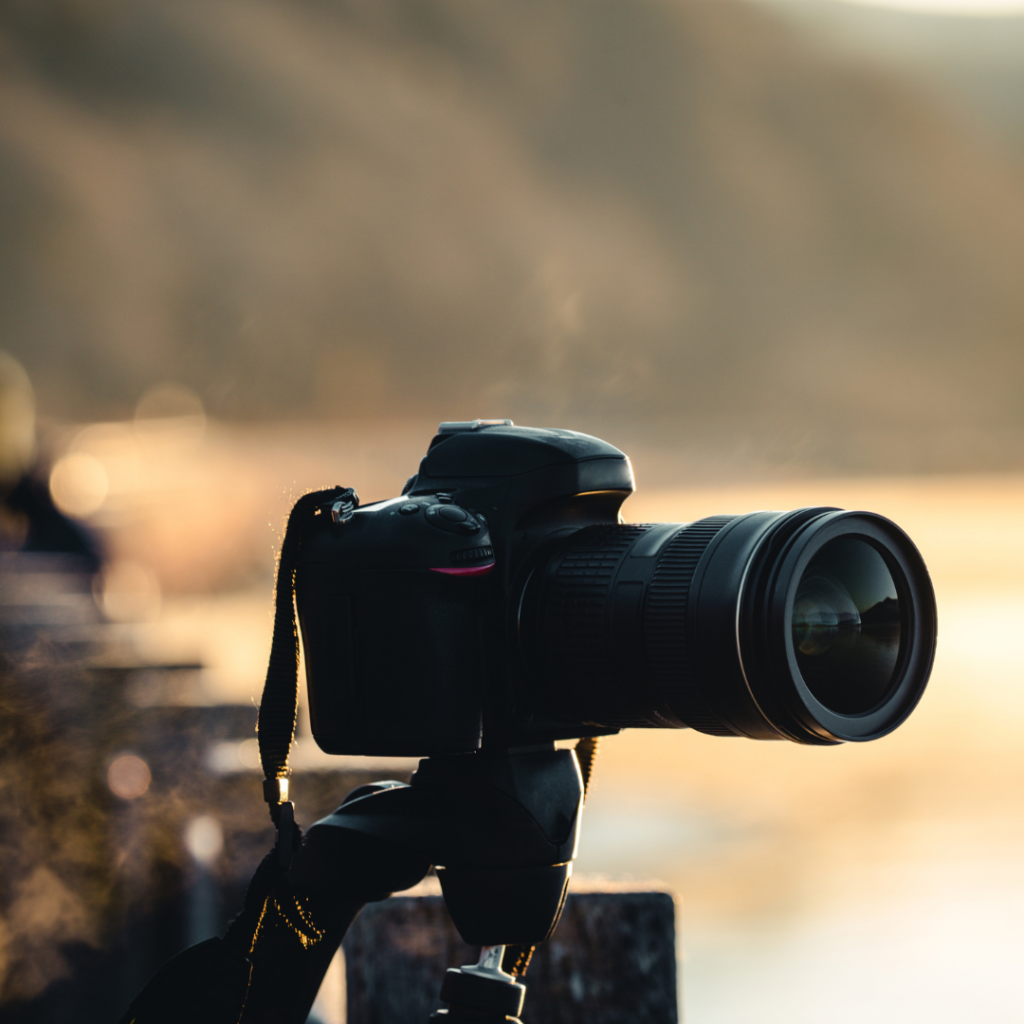
8 Best Digital Photography Tips
Photographers are rediscovering the joy of film again, and it’s easy to see why. The gorgeous colors, textures, and tones that film cameras can capture are unmatched by even the best digital cameras. Until recently, however, all film cameras were bulky, expensive, and required lighting, development, and storage. A new breed of compact digital cameras has brought film quality to the masses.
The best advice anyone can give to somebody wanting to improve their photography is to use the best available tools. That’s the same advice that we give to people who want to know how to do their research before making a purchase. When it comes to digital photography, there are countless options to choose from.
Here Are the Best Digital Photography Tips:
Polarizing Filter.
If you own a DSLR, you probably know that adding a polarizing filter to your lens can greatly improve your photos. It diffuses harsh glare and also adds a slight boost to color saturation. You can also use a polarizing filter to correct color distortion caused by reflections.
Make sense of Depth.
To sharpen your photography skills, it’s important to understand the depth. When you take a photo, you’re capturing a moment in time—the way the light hits your subject, the sharpness of the features, and the composition and relationship between the two all contribute to the final result.
Simple Backgrounds.
A good background can make or break a photo. If the subject isn’t interesting enough, the background might be. When considering the background of a photo, you want to pick one that’s simple and doesn’t detract from the photo’s subject. A brighter background will draw the viewer’s attention to your subject. If you can’t afford a professional studio or don’t want to bother, you can brighten up your subject by shooting it against a bright background—such as the white or blue sky.
Right ISO.
An in-camera setting that indicates the sensor’s sensitivity is ISO or ISO rating. ISO is used to adjust the sensitivity of the camera’s sensor to light. The fact that it is in your camera’s menu system can confuse you. However, the ISO setting can usually be found under settings or custom. The ISO rating, or sensitivity, determines how sensitive your camera’s sensor is to light. The more sensitive your camera’s sensor, the more light it can capture.
Rule of Thirds.
When it comes to photography, there are two schools of thought: compositionists and photojournalists. The former group believes that if you want to take a good photograph, you have to “think like a camera” and follow certain rules. Composition rules provide the structure and organization required for strong images and include the Rule of Thirds, which states that the “spotlight” (the subject) should be placed at the intersection of two imaginary vertical or horizontal lines.
Avoid Camera Shake.
Elusive action shots, panoramic landscapes, close-up portraits, underwater photos—all the subjects that make photography so appealing are hard, if not impossible, to take with a shaky camera. That’s because even the slightest movement can change the shot. And if you’re taking a picture at a slow shutter speed, any movement in the image will be amplified, creating long streaks of light or blurry, distorted icons.
Use the Exposure Triangle.
The single most important concept in photography is exposure. In fact, some say that overexposure is as big of a problem as underexposure. Underexposure causes your image to be dark where you want it to be light; overexposure causes your image to be light where you want it to be dark. The exposure triangle is the basis for determining the correct exposure for any situation.
Invest In the Right Equipment.
Photography is an increasingly essential part of modern life. Quality photos are more important than ever, from capturing important moments to making seasoned professionals look amateur. As technology has evolved, so has our ability to take stunning photos. One of the best photography tips is to invest in the right equipment. Quality lenses and cameras may be expensive, but the payoff is worth it—no matter what skill level you have, the right equipment can make the difference between taking blurry photos and taking great photos that impress—or just plain wow.
Digital cameras have revolutionized photography by allowing anyone to take photos without carrying a heavy camera around. However, they have also given anyone access to millions of images online, making it easy to become overwhelmed by the sheer volume of photography and design principles.
The best digital photography tips are ones that will photograph great photos. To make sure that a photo is at its best, it is important to use the correct camera settings; rely on the physical camera; use the correct lens and focal length; use the best camera equipment, and shoot in the highest quality format.


